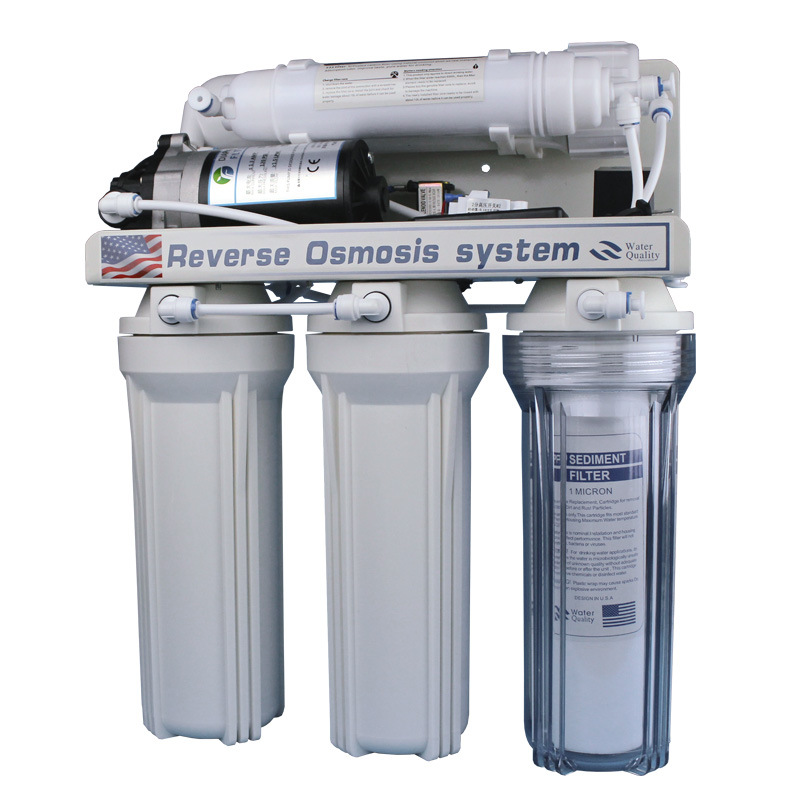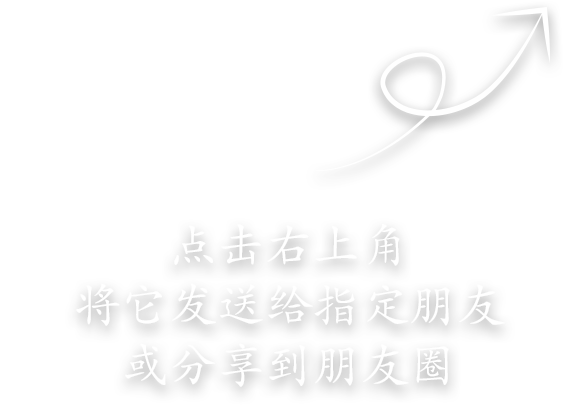Water purification activated carbon
Water purification activated carbon
As the secondary filter cartridge of the water purifier, the UDF activated carbon filter cartridge is mainly responsible for removing organic chemicals and odors in the water. CTO activated carbon filter, as the third stage filter cartridge, is mainly responsible for the adsorption of residual chlorine, heavy metal ions, pesticide residues, etc. Although they are both activated carbon filters, their respective roles and characteristics are different.
About UDF
UDF (a.k.a. granular activated carbon,is in its original form, i.e., one grain one grain) is usually used to adsorb impurities such as organic matter, residual chlorine and odor in water, and its filtration accuracy is about 10-40 microns. UDF has strong adsorption performance, which can effectively remove harmful substances in water and improve the taste and quality of drinking water.
About CTO
CTO is composed of the first letters chlorine, taste, and odor, which means a filter cartridge that removes chlorine, odor, and improves taste. The pore size of the filter cartridge is about 10 microns, which can deeply adsorb discoloration, odor, residual chlorine, fine impurities, sludge and suspended particles in the water, and has an adsorption effect on organic matter, bacteria and heavy metals such as iron and manganese. It can process up to 3,750 gallons of water (at a constant value of 0.2 ppm chlorine) and effectively remove more than 95% of VOCs volatile organic compounds. It is used in the third stage of the water purifier, and also plays a role in protecting the RO membrane, and the service life is generally 3-6 months.
CTO has several molding processes: extrusion, compression, and sintering:
Extruded activated carbon: It is mixed with activated carbon and ordinary hot-melt resin, and then put into a screw extruder for heating and extrusion, with low production cost and high output. However, in this production process, the surface of activated carbon is melted and wrapped by hot-melt resin at high temperature, which blocks the micropores of activated carbon and completely loses its adsorption effect.
Compressed activated carbon: It is a mixture of activated carbon powder material and inorganic liquid binder, poured into a special mold, compressed by pressing under high pressure, and dried after molding; The activated carbon content of this process is higher and the filtration effect is better. However, when using inorganic adhesive materials, high-pressure molding is required, and the pore size distribution is difficult to control, which affects the use.
Sintered activated carbon: activated carbon powder material and polymer hot-melt porous material are mixed, poured into a special mold, and sintered at a high temperature of 200-300 °C; Because this polymer binder material can form open micropores in the sintering process, after mixing with activated carbon, it maintains the characteristics of large specific surface area of activated carbon powder, excellent porosity, and better filtration effect, because of its complex processing technology and limited production capacity.
The materials of activated carbon are: coal, coconut shell, and fruit shell, but the specific depends on its iodine adsorption value, and the higher the iodine adsorption value, the better the adsorption effect.
How to distinguish between coconut shell activated carbon or coal activated carbon?
Answer: Take out the activated carbon inside, burn it with fire, the smell is similar to that of a plant, it is coconut shell activated carbon, and if the smell is kerosene, it is coal-based activated carbon.














Please first Loginlater ~